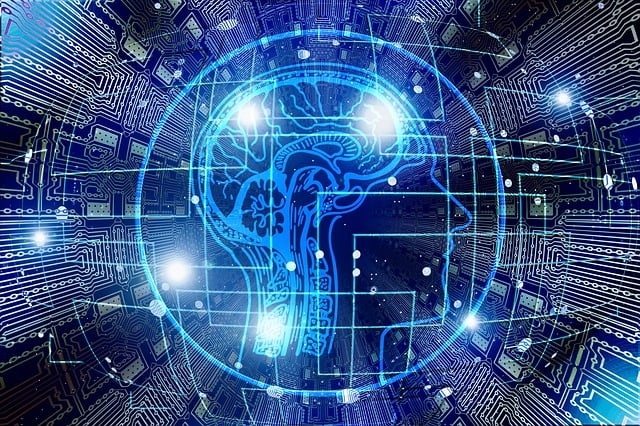
Reading the “AI is clear and present danger to education” article in The Times the other day conjured up images of Harrison Ford, political intrigue and the risk of the collapse of government. Ok so I very much enjoyed the various Jack Ryan movies and particularly those starring Harrison Ford hence the imagery, however the articles focus was on concerns in relation to Artificial Intelligence (AI) and its potential impact on education, with the article citing head teachers as saying that AI “is the greatest threat to education”.
The headline paints a nice simple picture however as I sat down to write this blog piece it was clear to me things aren’t that simple. And as I wrote it became clear in my mind that this issue is complex indeed and that a single post wouldn’t allow me to do it any justice. As such this therefore is the first of a series of posts discussing AI and the danger it may present, as well at the opportunities it may also present.
Is AI a threat to education?
Yes, but this is focussed purely on the risks and negative impact. The question, can AI benefit education, would also result, in my view, in an affirmative response. Is a hammer a threat or something of benefit? It depends on who is wielding it and for what purpose, the hammer is but a tool although I note that AI is a far more powerful and flexible tool, for good or for ill.
We also need to ask the question of what we mean in terms of education. Education in its broadest sense, such as when a parent models behaviour for their child, or in the sense of the organisations and constructs of the formal education systems the world over. My reading of the article leads me to believe that the threat is to the current education system, processes and practices. This system, processes and its practices have long had those critical of its fitness for purpose in the modern world with the late Ken Robinson being one of these. His changing paradigms Ted talk dates back to 2010, so 13 years ago. So maybe a threat to the current education practices may be a good, and possibly overdue, outcome. After all, little has changed in how the education system works globally in the last 100 years. Maybe AI is a much needed catalyst for educational change.
I also note the article didn’t apply a time frame for this threat. I have seen a post on social media recently suggesting a 50% risk of AI causing a catastrophe resulting in the loss of most human life in the world, where it also didn’t provide a time frame. Looking far enough into the future you are always going to be able to get to a point where, between now and then, a 50% risk occurs however thinking about global warming, war, political divides, etc, I suspect we will reach a point where there is a 50% chance of human intelligence leading to a catastrophe resulting in the loss of most human life in the world before the same risk in relation to AI is reached, assuming we aren’t already there.
We also need to acknowledge there are other threats to education including challenges providing access to education for all students across the world, workload issues as the education sector continues to seek to improve by adding more requirements and tasks to a teachers role each year and the challenge of teacher shortages. The solution to these issues is unlikely to involve maintaining the current status quo and current education system, so maybe these issues should also be seen as a threat to the current education system. AI can be viewed as a threat, but it is far from the only one.
Conclusion
AI has potential to be a threat to the current education systems and processes but maybe a catalyst for change has been needed for some time. That said, AI could have a negative impact on education however I would suggest it could also have a positive impact too. The likelihood in my view is that we have bit of both eventualities and some positive and negative impacts however AI is here now and is not going away. And if strict restrictions are put in place, either people will bypass these or the companies creating AI solutions will simply move to jurisdiction where the restrictions are less strict. But AI solutions will continue to be created, continue to advance and continue to be used. My view therefore is that we need to view AI as yet another technology tool, albeit one of the most significant in history, where we need to embrace its use, shaping it to have the positive impact we wish to see it have, while seeking to remain aware of the risks and to mitigate these as much as possible.
So maybe the newspaper articles title should have been: AI is clear and present danger and opportunity for education
Sadly I don’t think the above makes for quite as snappy a headline.
References
AI is ‘clear and present danger to education’ (May 2023), The Times

